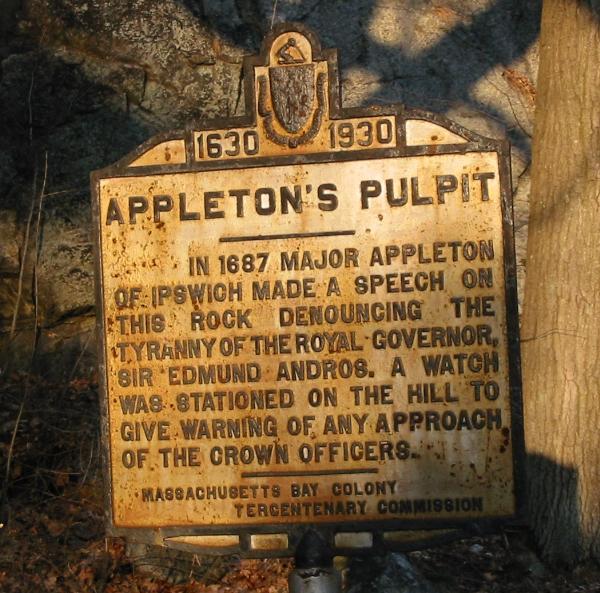This story is from The August Chronicle dated October 29, 1876. If you have any information on the whereabouts of the referenced cane, I would love to hear from you. Isaac Mayer, who brought the cane from Germany and gave it to Judge Gibson, was my 3rd great grandfather.
GIBSON’S CANE
Restored to Its Owner After a Long Separation.
We find the following in the Atlanta Constitution, of yesterday:
The morning after Gov. Smith’s speech in Augusta, your reporter was sitting quietly in the law office of Thos. H. Gibson, when in came the Souther Express man with a walking cane, labeled “From D. H. Chase, for T. H. Gibson, Augusta, Ga.”
Mr. Gibson received it, and stated that it had an interesting history. He went on to say that in the Summer of 1861, while the First Georgia Regiment was stationed at Laurel Hill, in West Viriginia, Judge Gibson visited it. While there the army under General Garnett was forced to retreat before McClellan’s forces. And at the battle of Corrick’s ford, on Cheat river, Gen. Garnett was killed, our baggage train captured, and with it the Judge’s walking cane. A member of the Ninth Indiana Volunteers got it and kept it for several years, when he gave it to Col. R. P. Dehart, who several months ago gave it to Judge D. H. Chase, of Loganport, Indiana.
The latter a few weeks ago wrote to Mr. M. S. Kean, a prominent dry goods merchant of this city, and who was taken prisoner and fell into the hands of Captain Chase, at the Corrick ford fight, stating he had in his possession a cane captured at that fight, and supposing it was General Garnett’s, wanted to know how he could find the owner. On the 18th instant Mr. T. H. Gibson wrote to Captain Chase, describing the stick his father had lost, and the 24th instant received a reply that the stick described was the one he had, and he would forward it immediately by express, and it arrived this morning. The cane was the more highly appreciated and valued by Judge Gibson by reason of the fact that it was a present to him from a very warm friend, now deceased, Mr. Isaac Mayer, a former citizen and merchant of this place, who brought it from Germany.
Original story as a PDF.

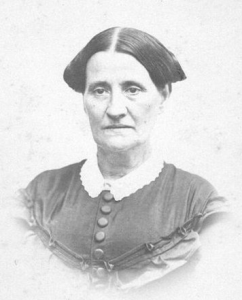 I had long thought that the parents of Polly Smith, my 3 GGM, were Zadoc Smith and Mary “Polly” Babcock. I believe this parentage originally came from Sons of the American Revolution Membership Applications, 1889-1970, and therefore should have been treated as such. However, I was a young man trying to go back as far as possible, so onward I went with this assumption (which conveniently led to an American Revolution patriot ancestor). This parentage is also part of the genealogical file that was prepared by a relative, so it does carry some credence. However, I had some doubts about it in the last year or so, and so the following discovery is intriguing to say the least.
I had long thought that the parents of Polly Smith, my 3 GGM, were Zadoc Smith and Mary “Polly” Babcock. I believe this parentage originally came from Sons of the American Revolution Membership Applications, 1889-1970, and therefore should have been treated as such. However, I was a young man trying to go back as far as possible, so onward I went with this assumption (which conveniently led to an American Revolution patriot ancestor). This parentage is also part of the genealogical file that was prepared by a relative, so it does carry some credence. However, I had some doubts about it in the last year or so, and so the following discovery is intriguing to say the least.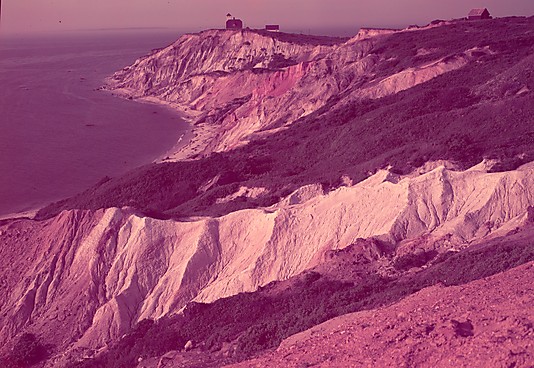
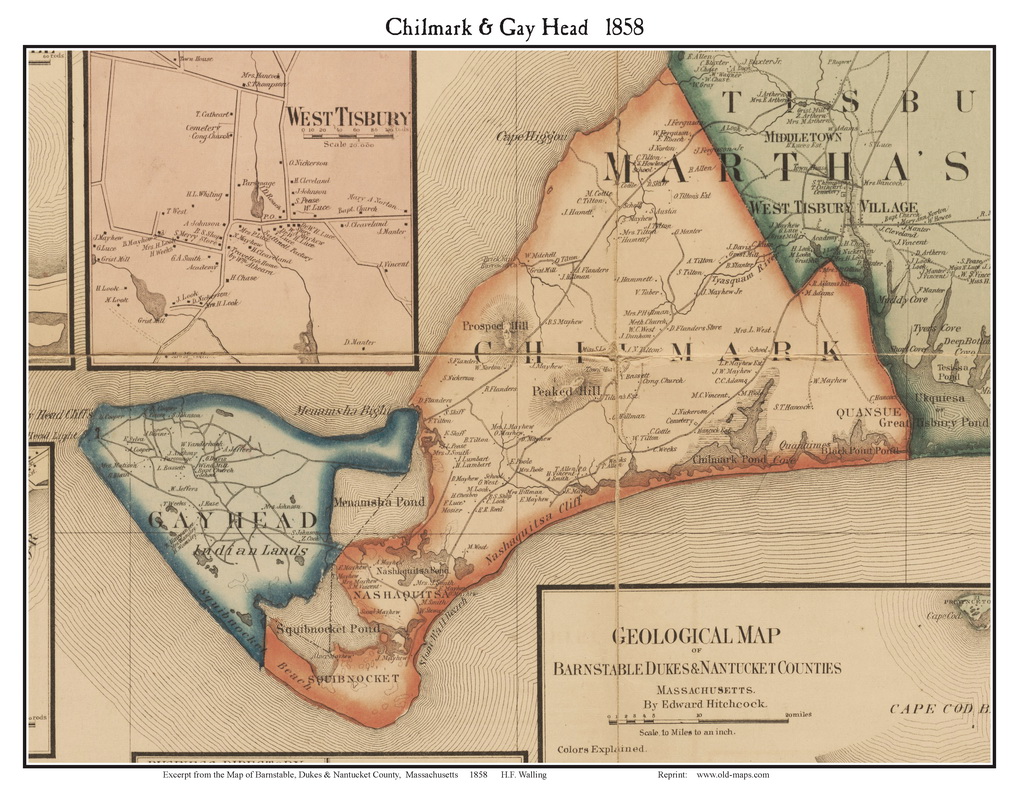
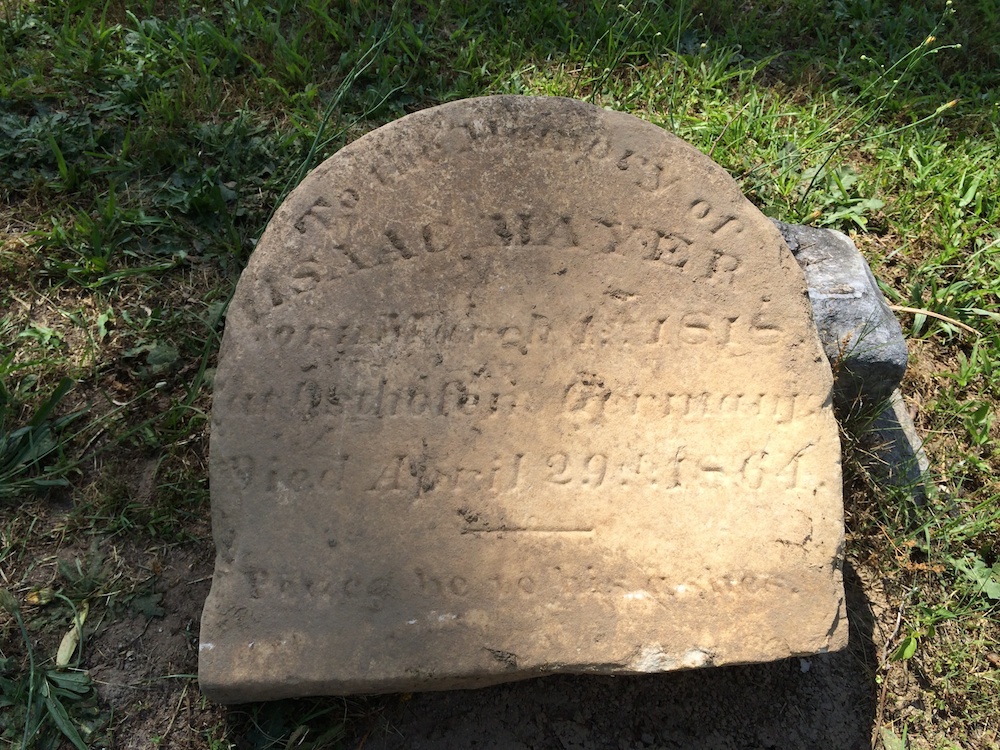 Kind and generous people have become somewhat of a rarity, but they are truly a blessing when they are a part of your life. One of these people is a student at Gordon-Conwell Theological Seminary named Preston. He goes to my church, attends the same Bible study as me and who hails from a town near Augusta, Georgia.
Kind and generous people have become somewhat of a rarity, but they are truly a blessing when they are a part of your life. One of these people is a student at Gordon-Conwell Theological Seminary named Preston. He goes to my church, attends the same Bible study as me and who hails from a town near Augusta, Georgia.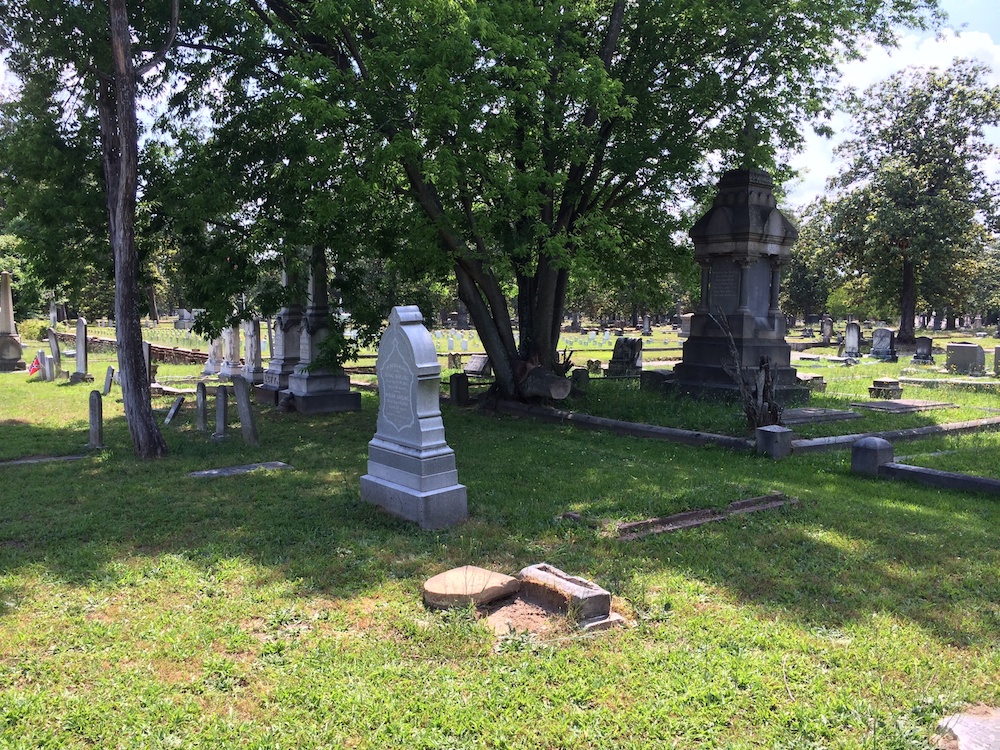
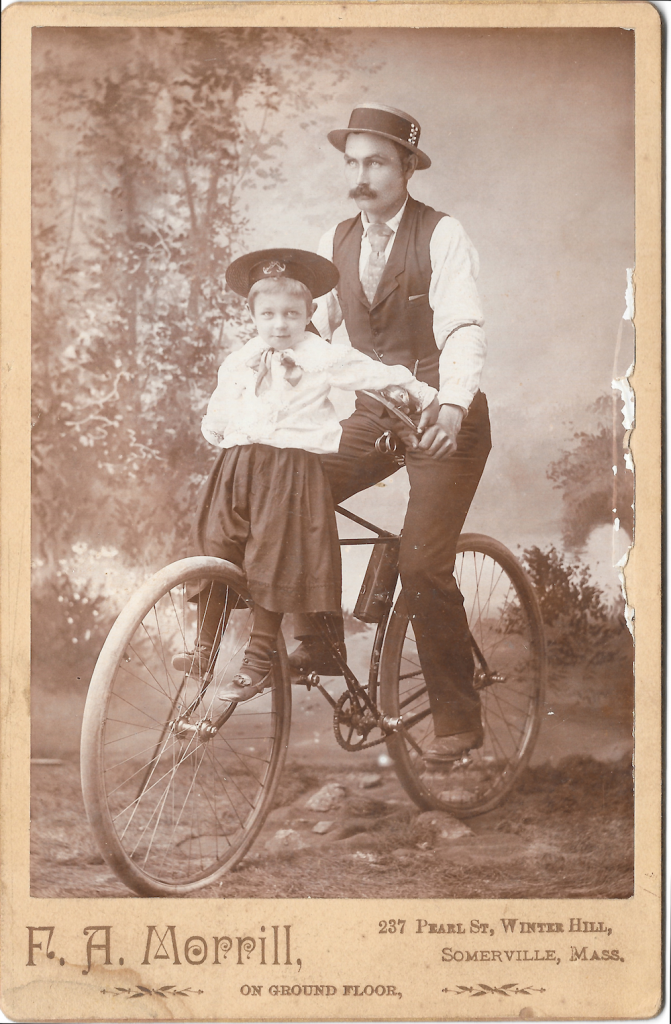
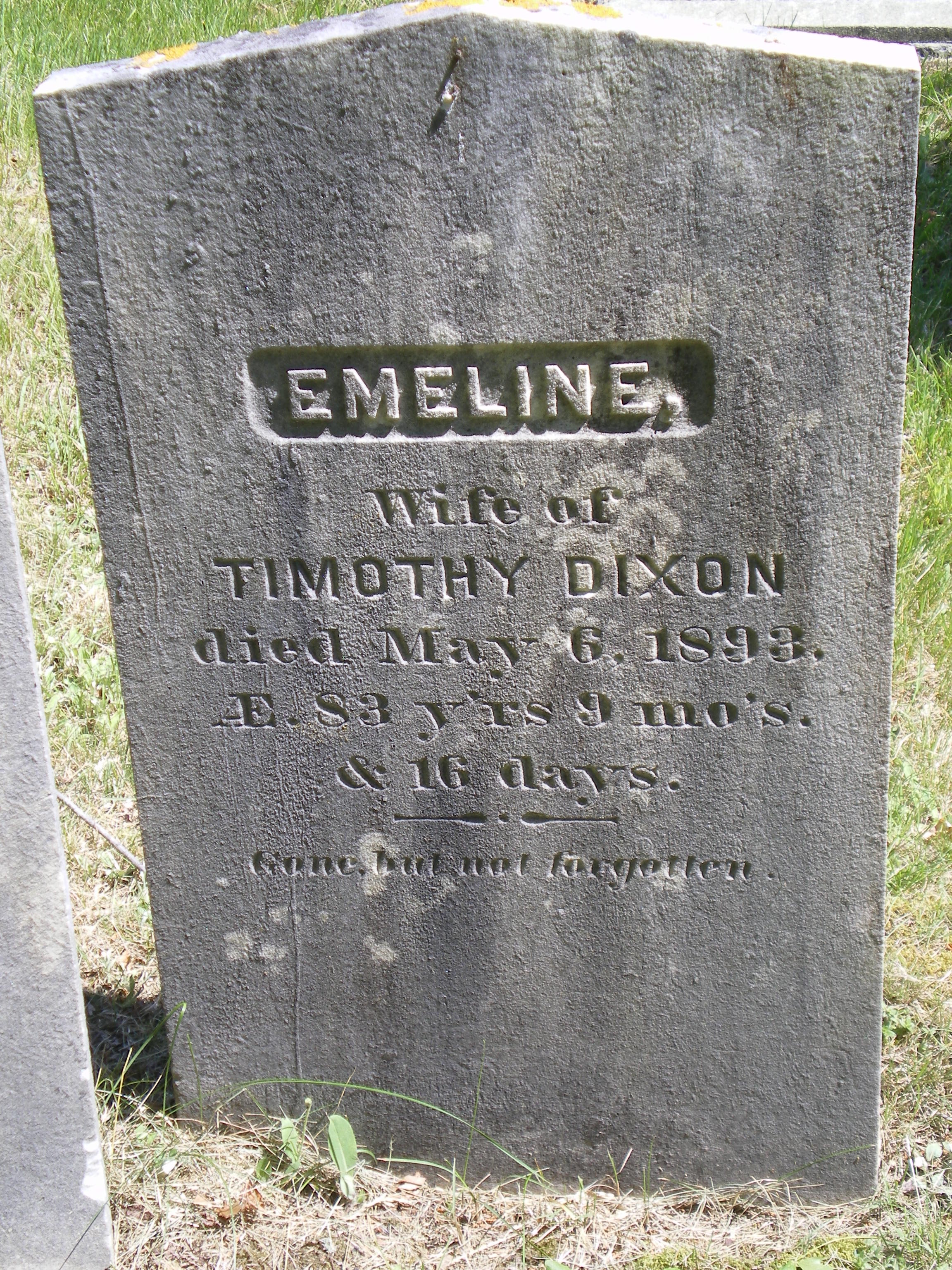 A woman named Emeline Hunt is my 4th great grandmother on my maternal side. She was the husband of Timothy Grim Dixon (b. 4 Jul 1792 in Danbury, CT; d. 28 Feb 1858 in Plymouth, MA). Here is what I know about her:
A woman named Emeline Hunt is my 4th great grandmother on my maternal side. She was the husband of Timothy Grim Dixon (b. 4 Jul 1792 in Danbury, CT; d. 28 Feb 1858 in Plymouth, MA). Here is what I know about her: